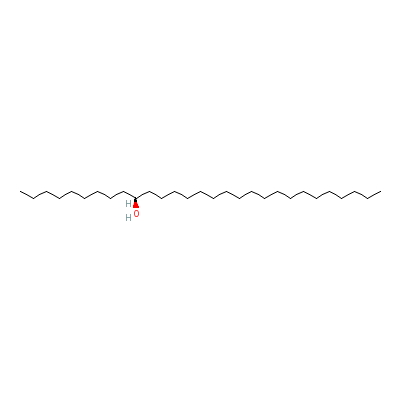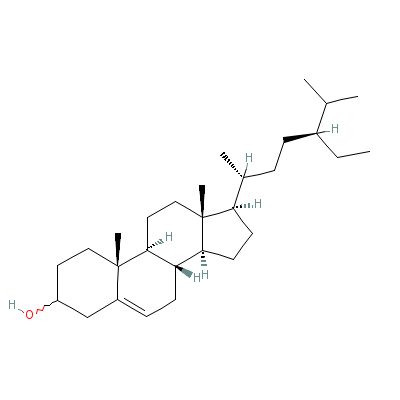Cocculus hirsutus (L.) DIELS |
| |
|
|
Botanical Name |
: |
Cocculus hirsutus (L.) DIELS |
Synonym(s) |
: |
Cocculus villosus DC., Cocculus sepium Coleb., Cocculus hastatus DC., Menispermum hirsutum L., Holopeira villosa Miers., Cebatha hirsuta. |
Family |
: |
Menispermaceae |
| |
General Info
| Description |
 |
|
A straggling, scandent shrub. Leaves ovate to triangular in shape, apiculate or truncate at the base, softly villous aw both the sides; glabrous; petioles 3 mm long. Flowers small at leaf joints, green petals; Male flowers in small axillary cymose panicles; pedicels slender; bracts minute; sepals oblongovate; petals membranous, emarginate, embracing the stamens. Female flowers in axillary clusters, rarely racemose. Fruits drupe, spherical, transversely rugose. |
| Herb Effects |
 |
|
The root is used as a mild laxative, sudorific and antipyretic. Alleviates spasms, anticonvulsant, lowers blood pressure, sedative, slows heartbeat and cardiotonic (root and stem); diuretic (aerial part); reduces fever and expectorant (root). |
Chemistry
| Active Ingredients |
 |
|
Ginnol, beta-sitosterol and a monomethyl ether of insitol (plant); cyclopeptide alkanoids (stem). |
| Chemistry
of Active Ingredients |
 |
|
|
 |
Name |
CAS# |
IUPAC Name |
Formula |
Structure |
 |
|
| Ginnol |
2606-50-0 |
nonacosan-10-ol |
C29H60O |

|
| Beta-sitosterol |
5779-62-4 |
17-(5-ethyl-6-methyl
-heptan-2-yl)-10,13-
dimethyl-2,3,4,7,8,9
,11,12,14,
15,16,17
-dodecahydro-1H-cycl
openta[a]phenanthren
-3-ol |
C29H50O |

|
|
Pharmacology
| Medicinal Use |
 |
|
Gonorrhea (leaf and root); eczema (leaf); as a refrigerant, gentle laxative, and as an alterative for treating chronic rheumatism and venereal diseases. |
| Reference |
 |
|
 Sharma, Classical Uses of Medicinal Plants. Sharma, Classical Uses of Medicinal Plants.
Chandel et al., Biodiversity in Medicinal and Aromatic Plants in India.
Uniyal et al., Medicinal Flora of Garhwal Himalayas. |
Dealers
Products
|
|